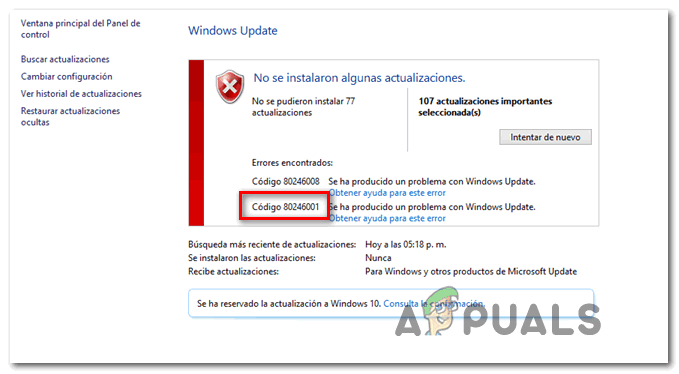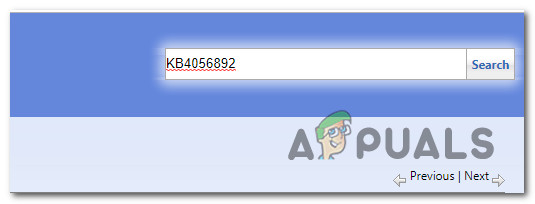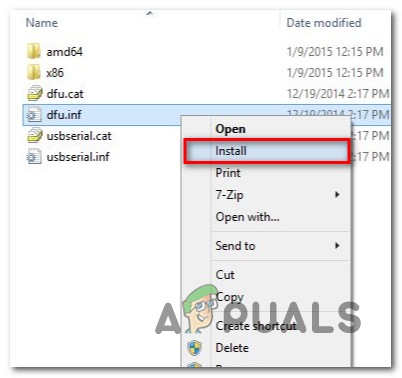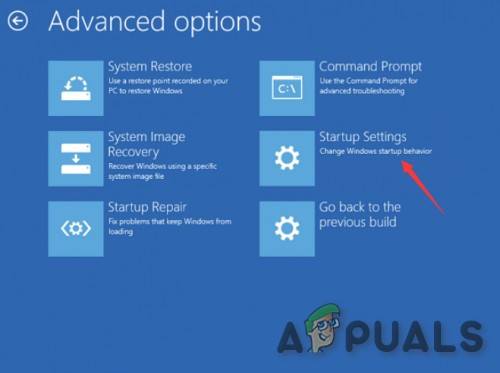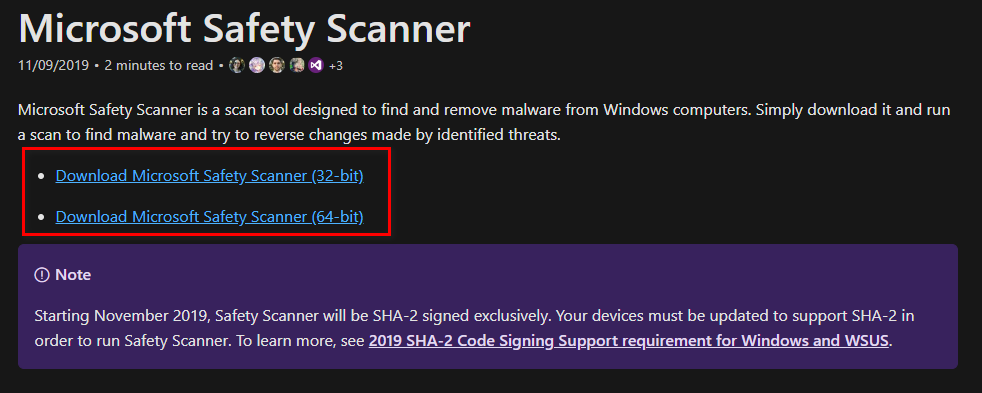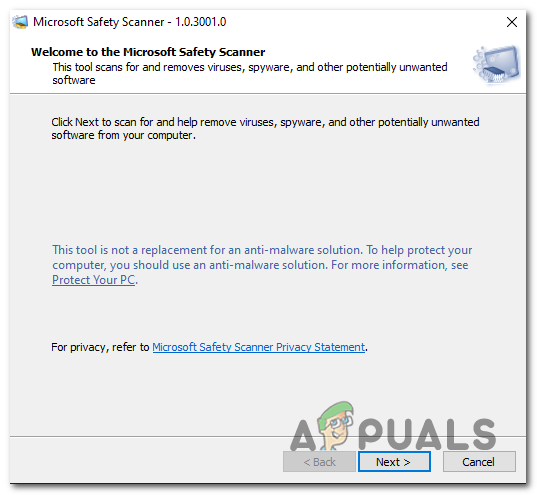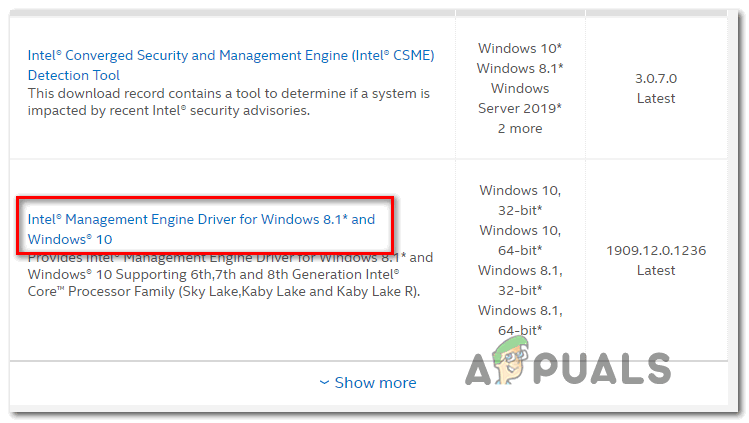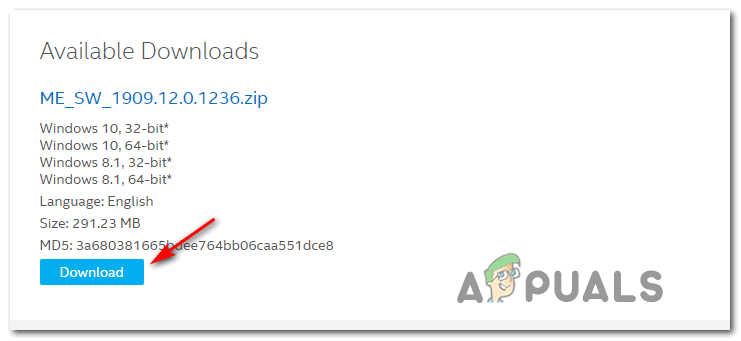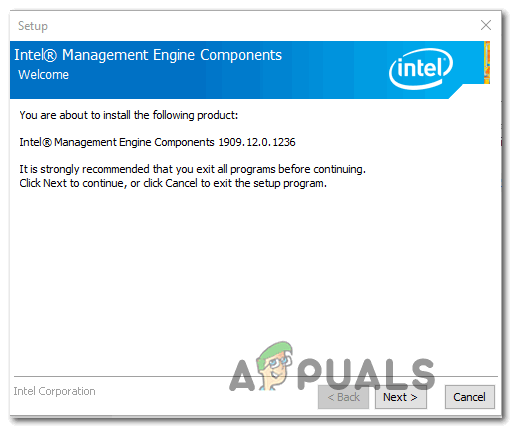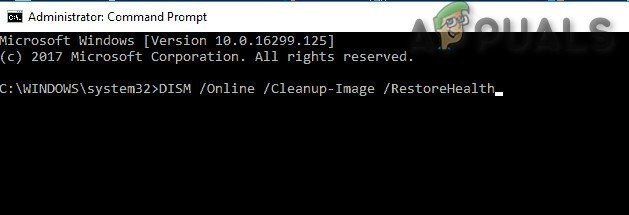As it turns out, there are several different causes that might end up facilitating the apparition of this error code:
Method 1: Running the Windows Update Troubleshooter
If you’re encountering this problem on Windows 7, you should start this troubleshooting guide by seeing if one of the built-in troubleshooters is not capable of fixing the issue automatically. Some users that we’re also seeing the 80246001 error have confirmed that they managed to fix the problem by running the Windows Update Troubleshooter and applying the recommended repair strategy. This operation will automatically scan for an inconsistency associated with the updating component and apply an automated fix if a recognizable scenario is identified. Here’s a quick guide on running the Windows Update troubleshooter on Windows 7: In case you’re still seeing the same 80246001 error code, move down to the next potential fix below.
Method 2: Installing the Pending Update Manually (Workaround)
In case the first method didn’t allow you identify any underlying issues with the Windows Update component and you don’t really have the time to dig in and investigate every potential culprit, one quick fix that will likely allow you to circumvent the 80246001 error is to use the Windows Update Catalog to find the update/s that are failing and install them manually. This operation was confirmed to work by a lot of affected users – This process might be a little tedious (especially if you’re dealing with multiple updates that are all failing with the same error), but it’s worth it if you want to avoid relying on the built-in Windows Update component. If you decide to go through with this fix, follow the step by step instructions below: In case the same problem is still occurring when you try to install the updates via the Windows Update catalog, move down to the next potential fix below.
Method 3: Running the Microsoft Safety Scanner
Some affected users that were seeing this error on Windows 7 have reported that in their case, the problem was actually being caused by malware that successfully infiltrated the Windows Update component as well as Internet Explorer. If this scenario is applicable, you should be able to fix the problem by running Microsoft’s native virus-removal tool (Microsoft Safety Scanner). This might not be the best at finding lingering malware, but it’s very efficient in getting rid of malware that infiltrates Windows components. Here’s a quick guide on running the Microsoft Safety Scanner: Note: This utility needs to run in Safe Mode for maximum efficiency. In case the same problem is still occurring, move down to the next potential fix below.
Method 4: Installing the Management Engine Interface from Intel (if applicable)
As it turns out, you might see this error while attempting to update the Management Engine Interface driver (from Intel) via Windows Update. This can produce various errors including the 80246001 error code as a lot of affected users have confirmed. In the event that Windows Update cannot handle the updating of this driver, you can download and install it manually directly from Intel’s download page. This workaround was successfully followed by a lot of users that were facing this problem with the Management Engine Interface driver. If this scenario is applicable, follow the instructions below to download and install Intel’s Management Engine Interface driver through the native channel: In case the same problem is still occurring, move down to the next potential fix below.
Method 5: Performing SFC and DISM Scans
If none of the potential fixes above have worked for you, it’s likely that you’re dealing with some time system file corruption that cannot be resolved conventionally. It’s likely that some type of Windows-related corrupted ended up affecting the Windows Update component, rendering it incapable of downloading and installing new updates. In this case, you should attempt to fix the problem by using a couple of built-in utilities (System File Checker and Deployment Image Servicing and Management( to resolve the corruption issue. If you want to try this fix, our recommendation is to start with a simple SFC scan since this operation is completely local and can run perfectly without an Internet connection. This will automatically compare your current OS files against a healthy list of equivalents and swap out any corrupted file from a locally stored archive. Important: Once you’re starting out this procedure, do not interrupt it until the operation is finished. Closing the CMD prompt forcibly might contribute to the creation of additional logical errors that will spawn additional issues. After the operation is complete, restart your computer and wait for the next startup to complete. Once your computer boots back up, go ahead and initiate a DISM scan. Note: Keep in mind that DISM is a more modern tool that relies on a subcomponent of Windows Update to download healthy files that are needed when repairing system file corruption. That’s why it is important to ensure that your Internet connection is stable before initiating this type of scan. Once the operation is complete, restart and see if the 80246001 error code is still appearing when attempting to install updates via the Windows Update component. In case the problem is still occurring, move down to the next potential fix below.
Method 6: Resetting every WU Component
If none of the potential fixes presented above have worked for you, it’s possible that you’re dealing with some kind of corruption that’s affecting the Windows Component or with a glitch that’s currently inhibiting your ability to install new Windows Updates. If this scenario is applicable, you should be able to fix the problem by resetting every component and dependency involved in the process. Several affected users have confirmed that they were able to fix the problem by resetting the Windows Update manually via an elevated Command Prompt. Here’s a quick guide on how to do this:
Fix: Windows Update Error “We Couldn’t Connect to the Update Service”[SOLVED] One of the Update Services is not Running Properly in Windows UpdateLast Free Update For Windows 7 Released, KB4534310 And KB45343140 Are The Final…How to Update the Windows Update Agent to the Latest Version
